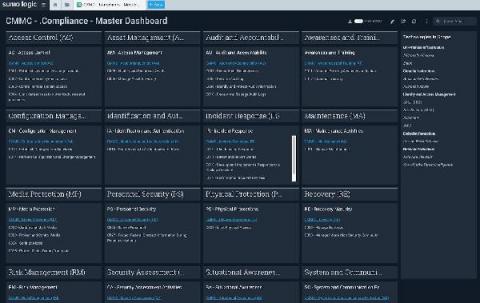PHI Compliance: What It Is and How To Achieve It
For organizations that work in or partner with the healthcare industry, HIPAA compliance is of paramount importance. Keeping a patient’s medical records and personal information safe isn’t just a matter of avoiding penalties. It’s also key to building trust with patients and, ultimately, providing great patient care. Here’s what health organizations and their partners need to know about PHI and keeping it secure.









